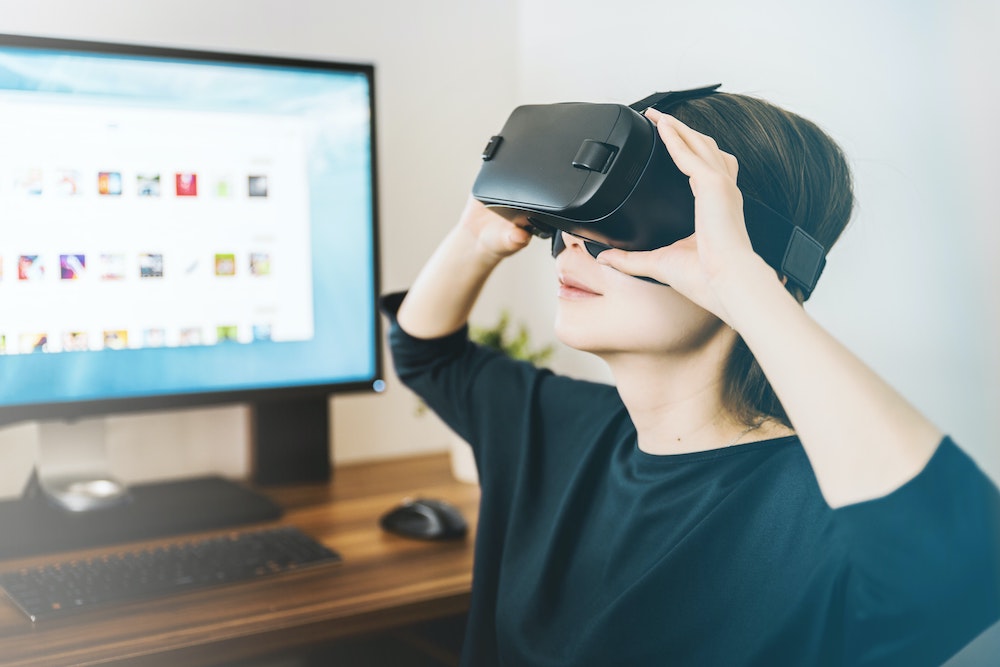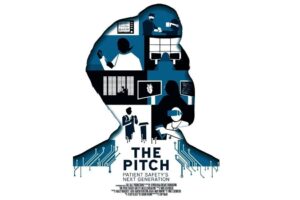Survey Exemplifies Future of Technology in Nursing Education Post COVID-19
Technology has enabled healthcare simulation education to expand into the realms of virtual reality simulation, and digital e-learning solutions and remote instruction. While the implementation of such technologies has become more widespread over the past decade, the COVID-19 pandemic paved the way to an increased push for the adoption of technological alternatives to standard clinical simulation training. To better exemplify this shift, Wolters Kluwer and the National League for Nursing (NLN) jointly conducted the “Future of Technology in Nursing Education” survey—first in 2016 and the latest survey conducted in 2021.
To achieve these survey results, Wolters Kluwer carried out six in-depth interviews with qualified nursing respondents in August 2020, followed by a quantitative online survey sent out in December 2020. The online survey was sent to a Wolters Kluwer list of nursing administrators, faculty and deans provided by the National League for Nursing, yielding 450 responses. According to Wolters Kluwer and the NLN, the purpose of this study was to understand technology trends.
“It would be an understatement to say nursing education has changed since the first survey five years ago. To learn about and understand the shifts related specifically to the COVID-19 global pandemic and beyond, we surveyed nursing deans, program directors and faculty to identify their plans for technology usage, adoption, and investment during the next five years and explore the barriers and opportunities related to those plans,” the survey reads.
Sponsored Content:
Authors Julie Stegman, vice president of nursing segment of health learning, research and practice at Wolters Kluwer; Anne Dabrow Woods, DNP, RN, CRNP, ANP-BC, AGACNP-BC, FAAN, chief nurse of health learning, research and practice at Wolters Kluwer; and Beverly Malone, PhD, FAAN, president and CEO of the National League for Nursing shared that the survey results were predictable. The team saw a rapid transition from in-person learning to virtual learning. According to the survey results, some 73% of institutions went fully online at the start of the pandemic.
Other findings from this survey included that, prior to the pandemic, some 65% of classes were being conducted in brick-and-mortar classrooms, with 20% offering hybrid models (in-person/online) and 11% primarily online. That model quickly flipped to online learning (73%), with another 22% offering hybrid models. Further, 91% of respondents said they were currently using virtual simulation at the time the survey was taken. Additionally, 48% of respondents said they planned to invest more in virtual simulation during the next two years. More statistics included the following:
- 39% of survey respondents indicated that their institutions plan to offer more online courses post-pandemic.
- 68% of faculty recognize that they are not adequately trained in the new technologies.
- The number of respondents who agree that more nursing students are high risk (81%) increased by 10% over the 2016 number (71%)
- Lack of funding is a growing obstacle to technology adoption, with an increase to 67% in 2020 from 49% in 2016.
- The pace of technology adoption may differ depending on technology, but indications are that many of these and other technologies will achieve full adoption (75% or greater) by 2025.
According to the survey, nursing technologies that are predicted to reach full adoption by 2025 (>75% adoption) include virtual simulation, online/distance learning, learning management system, video for skills (local or online), secure exam delivery, adaptive quizzing, EHR applications and FaceTime/video conferencing. Those technologies aiming for mainstream adoption by 2025 (<50% to >50% adoption) include virtual reality (+39%), ePortfolio (+35%), mobile applications (+33%), video capture software (+32%) and integrated digital curriculum (+16%). Lastly, those expected to reach emerging adoption by 2025 (large increase, but <50% adoption) are:
- Makerspaces* (+29%)
- Wearables (+28)
- Data Analytics (+28)
- Artificial Intelligence (+24)
- Augmented Reality (+23)
- Social Media (+13)
“Technologies that aid in remote learning all had significant increases in adoption—even, perhaps, at the expense of other technologies,” the authors said. “State nursing boards have also played roles in increasing the use of technologies during the pandemic. While there was widespread adoption of virtual simulation due to the pandemic, these technologies had already matured to the point where they were producing comparable end-of-program educational outcomes as compared to traditional clinical hours.”
Sponsored Content:
The authors continued that, while some of the survey results were expected [given the environment], other complex themes emerged. For example, the authors explained that educators are now trying to balance making necessary curriculum changes to prepare learners for the Next Generation National Council Licensure Examination with navigating new virtual learning methodologies.
While this technology can help solve issues with academic logistics, coordination, timing and assessment, the shift in methodologies presents a new educational paradigm nonetheless. Yet, when utilized, clinical simulation educators can find added means of support through both existing and emerging technologies.
“When I’m in a clinical setting and I’m the nurse or faculty member who’s supervising a student and I look and I see she’s going to make a mistake, I step in right away to stop; safety comes first,” said Dr. Desiree Hensel, Dean of Curry College School of Nursing, Milton, Massachusetts. “In simulation, the student gets to make the mistake, and then they get to understand what the mistake causes; that imprints in a very different way to help them understand the consequences and to help them not make that mistake again.”
More About the NLN
Dedicated to excellence in nursing, the National League for Nursing is the premier organization for nurse faculty and leaders in nursing education. The NLN offers professional development, networking opportunities, testing services, nursing research grants and public policy initiatives to all 40,000 individual and 1,200 institutional members. NLN members represent nursing education programs across the spectrum of medical simulation, higher education, healthcare organizations and agencies.
The NLN’s Simulation Innovation Resource Center (SIRC) was founded after representatives from Laerdal Medical met with NLN staff and Pamela R. Jeffries, PhD, RN, FAAN, ANEF, FSSH, in the fall of 2006 to discuss what resources were needed to enable nurse educators to move forward and incorporate clinical simulation into their teaching.
With a collaborative alliance between the NLN and Laerdal Medical, the SIRC’s goal is to develop a community of nurse educators who can effectively use healthcare simulation to promote and evaluate learning. The organization’s mission is to promote excellence across this nursing education to build a strong and diverse nursing workforce to advance the health of our nation and the global community.
Read the Full Survey Report Here
Lance Baily, BA, EMT-B, is the Founder & CEO of HealthySimulation.com, which he started while serving as the Director of the Nevada System of Higher Education’s Clinical Simulation Center of Las Vegas back in 2010. Lance is also the Founder and acting Advisor to the Board of SimGHOSTS.org, the world’s only non-profit organization dedicated to supporting professionals operating healthcare simulation technologies. His co-edited Book: “Comprehensive Healthcare Simulation: Operations, Technology, and Innovative Practice” is cited as a key source for professional certification in the industry. Lance’s background also includes serving as a Simulation Technology Specialist for the LA Community College District, EMS fire fighting, Hollywood movie production, rescue diving, and global travel. He and his wife Abigail Baily, PhD live in Las Vegas, Nevada with their two amazing daughters.
Sponsored Content:
















